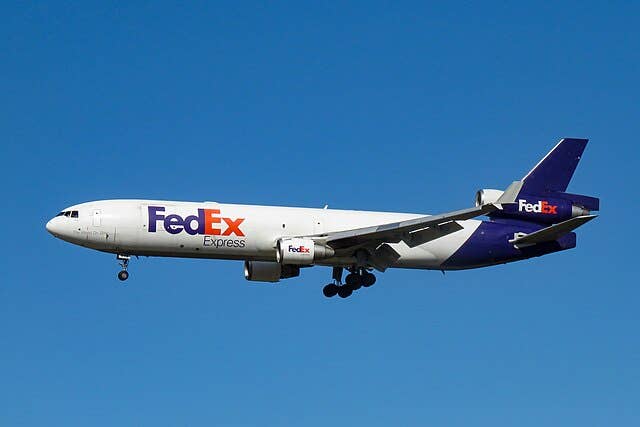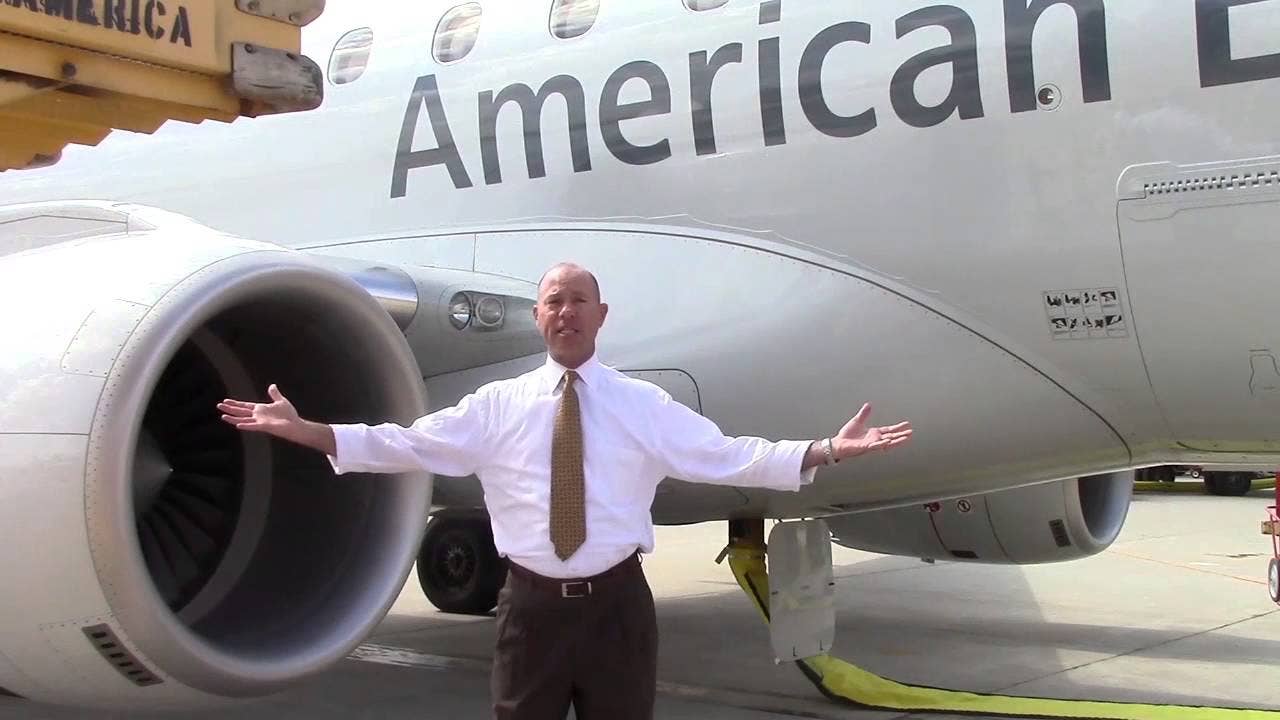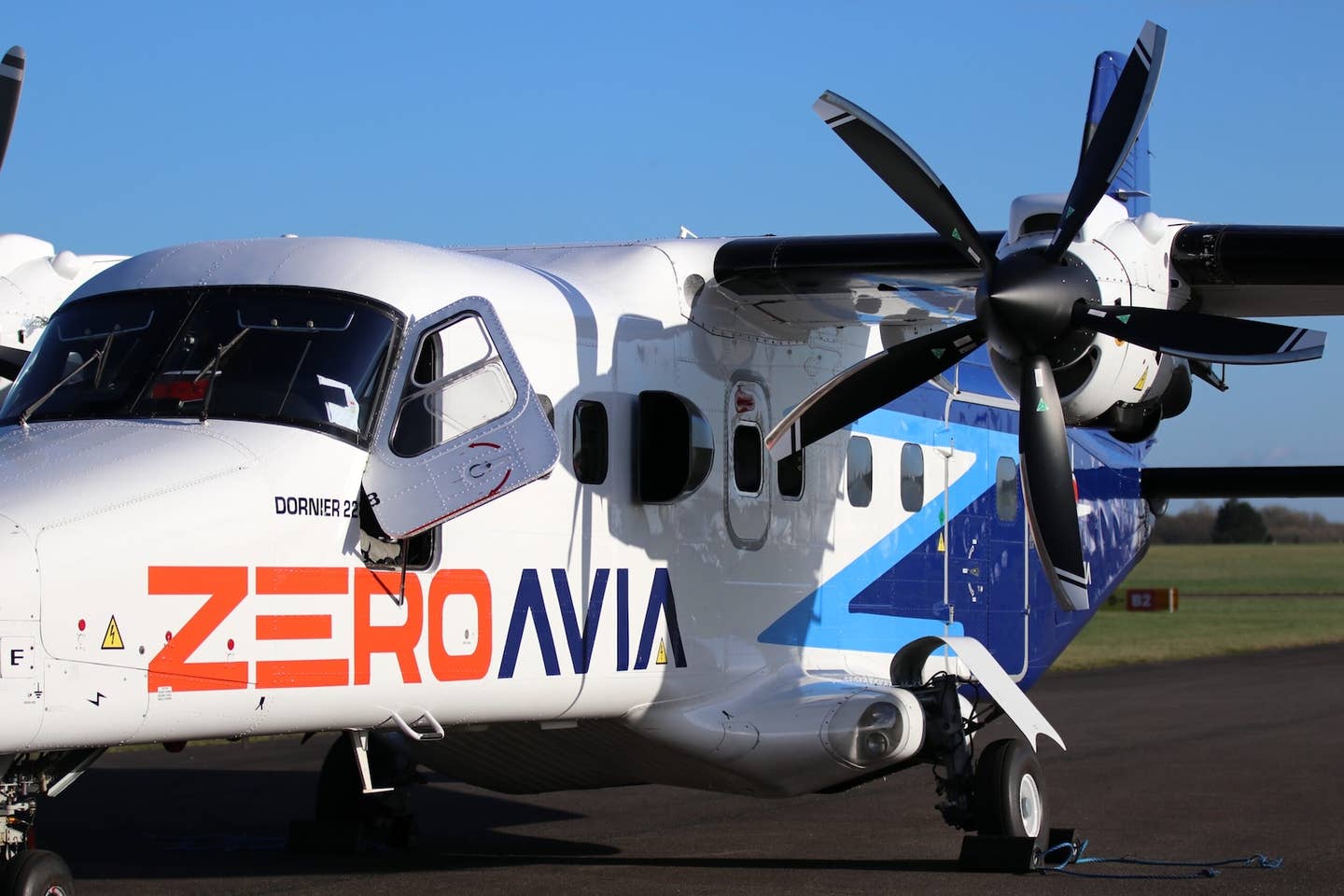FAA Starts Mapping Out eVTOL Integration
The first places most people are likely to encounter an eVTOL or urban air mobility (UAM) aircraft will be at the familiar places they now deal with conventional helicopters and…

Computer network connection modern city future technology
The first places most people are likely to encounter an eVTOL or urban air mobility (UAM) aircraft will be at the familiar places they now deal with conventional helicopters and aircraft, according to an updated airspace integration concept released by the FAA last week. The "Concept of Operations V.2 (ConOps V.2)" says that for the first while, as the fledgling industry gets going, it will fall under existing regulations and airspace designation. "Initial UAM operations are conducted using new aircraft types that have been certified to fly within the current regulatory and operational environment," the document's implementation scenario reads. After that, things get more interesting, however.
The next two stages of implementation give the eVTOLs progressively more segregation from the rest of aviation as they evolve into an interactive and self-supporting aviation ecosystem. Ultimately, the scenario sees "new operational rules and infrastructure facilitate highly automated cooperative flow management in defined Cooperative Areas (CAs), enabling remotely piloted and autonomous aircraft to safely operate at increased operational tempos."
As the name implies, "ConOps V.2" is the second kick at the can for the agency trying to deal with what some predict will be a veritable swarm of electric multicopters buzzing around major cities. It builds on feedback from the first version and fleshes out the overall concept without getting into the weeds of operational and regulatory necessities. "It does not prescribe specific solutions, detailed operational procedures, or implementation methods except as examples to support a fuller understanding of the elements associated with UAM operations," the introduction says. The full document runs 32 pages.






